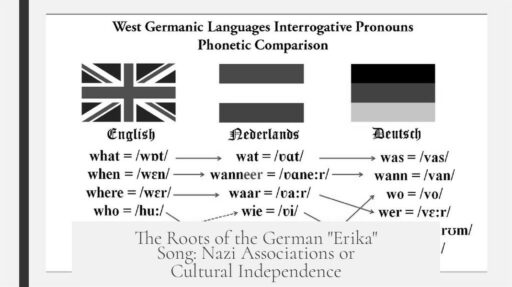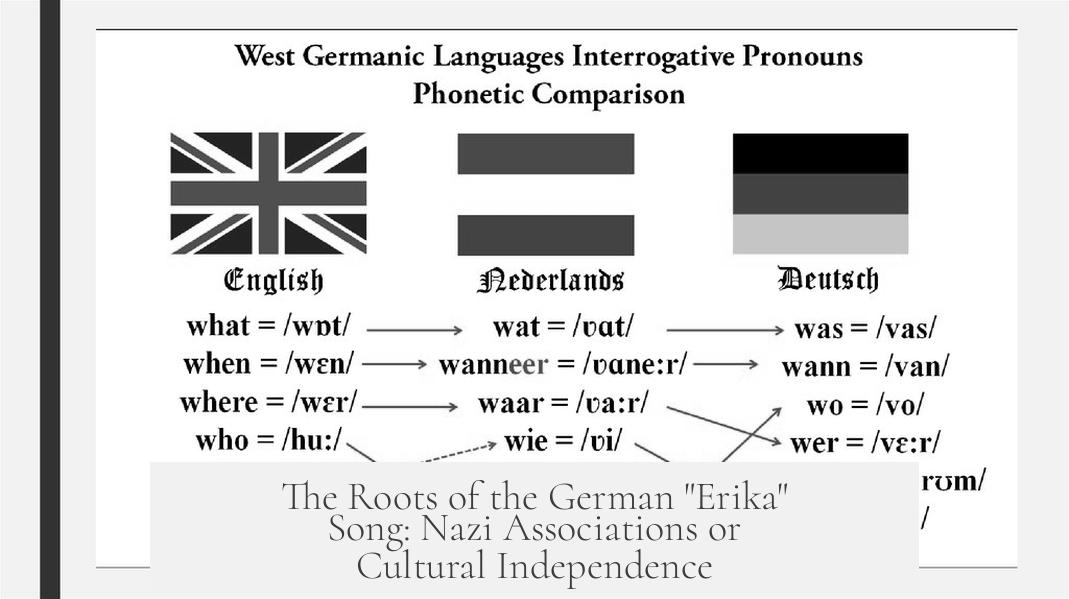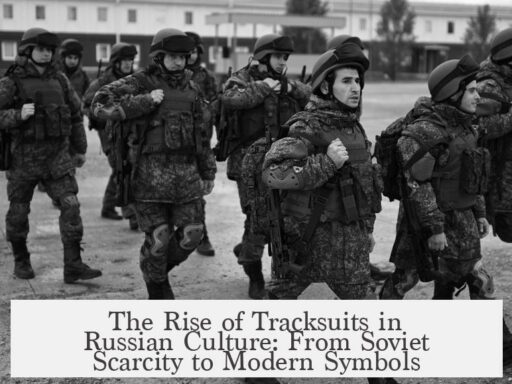The German “Erika” song cannot be fully separated from its Nazi-era context and is widely considered to be strongly associated with the Nazi regime. Written in the 1930s by Herms Niel, a composer known for producing musical propaganda supporting the Nazis after they rose to power in 1933, “Erika” gained popularity primarily through its use by the Wehrmacht and Waffen-SS. These military forces of Nazi Germany embraced the song, embedding it deeply in their cultural expression.
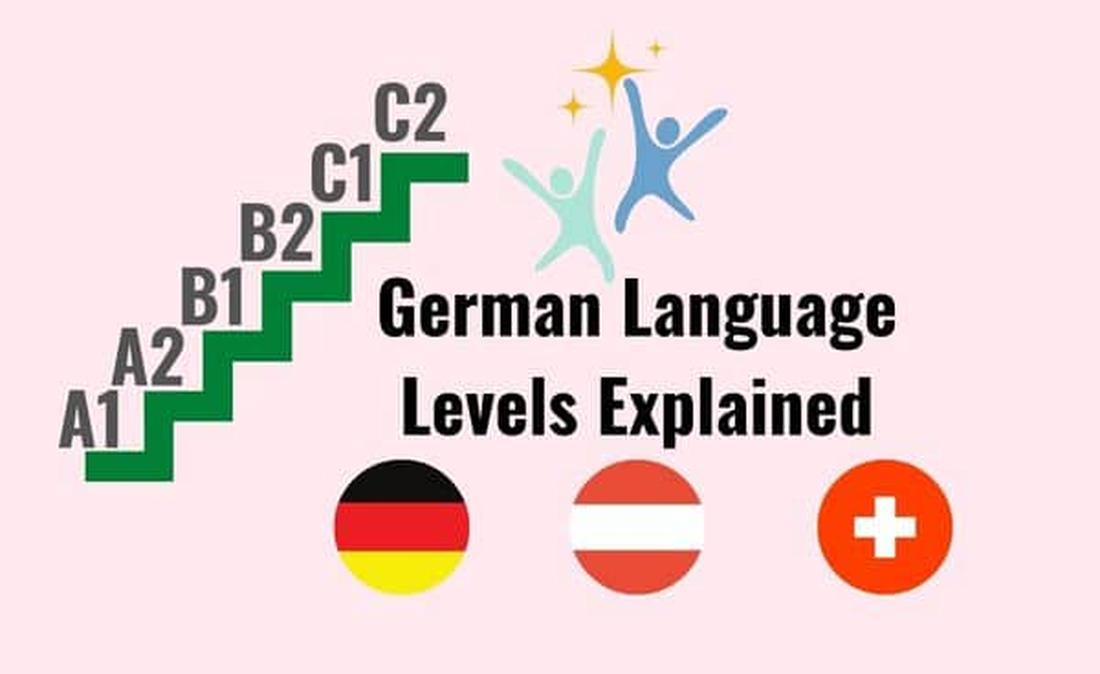
This military association has persisted, making it difficult to view “Erika” as independent of the Nazi regime. Modern search results and media examples reveal the strong ties between the song and WWII German soldiers and Nazi symbolism. Films such as the 1993 movie Schindler’s List explicitly use “Erika” to evoke Nazi Germany. This usage cements the song’s perception as a Nazi emblem in public memory.
Some argue that songs popular during WWII can remain part of culture without endorsing their original regimes, as seen with American and Soviet wartime songs. However, “Erika” differs because of the composer’s direct role in Nazi propaganda and its near-exclusive military context. Post-war continuation of the song’s popularity still roots itself in its WWII military legacy, similar to how the American song “Dixie” remains controversial due to its Confederate associations.
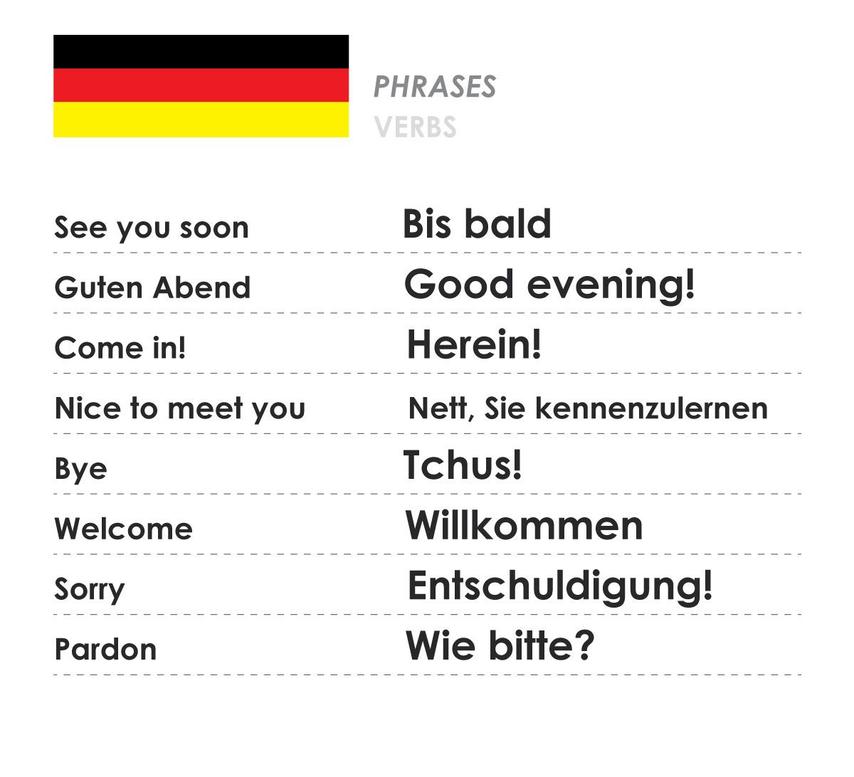
Other German songs with complex legacies reflect how cultural context influences their post-war reception. For example:
- Deutschlandlied: Originally from well before the Nazi era, this song has been altered for the modern German national anthem to distance it from Nazi associations.
- Lili Marleen: Composed in 1939 and popularized during WWII by Nazi-controlled radio, “Lili Marleen” was later re-recorded and embraced by Allied forces, helped by Marlene Dietrich’s performances to US troops. This Allied adoption diluted its Nazi connections, allowing it to stand alone as a wartime love song without strong Nazi association.
Contrasting with “Erika,” “Lili Marleen” illustrates how a song’s post-war cultural adoption can reshape its legacy. Yet “Erika” lacks a comparable Allied embrace. Instead, it remains symbolically bound to Nazi Germany, reflecting the prolonged imprint of its propaganda roots.

Similarly, Soviet wartime songs like “Katyusha,” although originating in a regime with documented atrocities, have been integrated into Russia’s cultural heritage with less stigma compared to Nazi-related songs. The difference in how German and Soviet wartime music is perceived today highlights the divergent cultural legacies left by their respective regimes.
In summary, multiple factors reinforce the strong association between “Erika” and the Nazi regime:

- Its origin in the 1930s under a composer serving Nazi propaganda goals.
- Widespread popularity within Nazi military branches.
- Frequent depiction alongside Nazi symbols in media and modern references.
- A lack of post-war cultural reappropriation by Allied or neutral groups to detach it from Nazism.
- Comparison with other songs shows that such detachment is possible but did not happen with “Erika.”
These points affirm that the German “Erika” song remains firmly linked to Nazi Germany, making it problematic to consider it independent of that regime’s influence and legacy.
- Written by Herms Niel in the 1930s, tied to Nazi propaganda.
- Popular with Wehrmacht and Waffen-SS during WWII.
- Used in media to symbolize Nazi Germany (e.g., Schindler’s List).
- Post-war legacy retains Nazi associations, unlike “Lili Marleen.”
- Modern culture continues to link it strongly to Nazi military history.
Is the German “Erika” Song a Nazi Song, or Could It Be Considered Independent of the Nazi Regime?

To address the question head-on: The German song “Erika” is very much tied to the Nazi regime and its military forces, making it challenging to separate the tune from that dark chapter in history. But why exactly does “Erika” carry such a heavy historical baggage? Let’s unpack the story behind this seemingly innocent melody.
“Erika” was composed in the 1930s by Herms Niel—a name not all that famous outside of World War II history buffs, but significant in the realm of Nazi propaganda music. Niel functioned as somewhat of a musical mouthpiece for the Nazi regime shortly after its rise to power in 1933. You could say he was the “go-to guy” for catchy, morale-boosting tunes aimed at soldiers and citizens alike. This already sets the historical backdrop: “Erika” was born in a politically charged environment that shaped its dissemination and eventual symbolic meaning.
During World War II, the song surged in popularity among the Wehrmacht and the Waffen-SS, the military arms directly involved in many of the Nazi regime’s campaigns and atrocities. “Erika” became more than just a tune; it was an anthem echoing through the barracks and battlefields of Nazi Germany. Its prominence was so pronounced that contemporary media still link “Erika” unmistakably to the Nazis. For example, Steven Spielberg’s 1993 film Schindler’s List uses the song explicitly as a Nazi motif, cementing its association in the collective memory of audiences worldwide.
Now, some might argue that “Erika” is just a simple folk-style love song about a girl and a flower of the same name, which sounds pretty harmless. But the problem is deeper than the lyrics. The song’s widespread use by Nazi forces and its role as a morale builder mean “Erika” lost any chance of being seen as politically neutral. Try searching for it online, and you’ll find images of WW2 German soldiers and Nazi symbols popping up instantly. This modern-day perception alone solidifies its strong historical bond with the Nazi regime.
Interestingly, despite this difficult association, “Erika” did maintain some popularity after the war, mostly fueled by nostalgia within Germany. Here’s a useful analogy: consider the American song “Dixie.” Like “Erika,” “Dixie” hails from a conflicted past—connected to the Confederate States during the U.S. Civil War—yet remains widely recognized today due to this historical popularity, even though the message it conveys is controversial. Similarly, “Erika” survives because of the deep imprint it made during the Nazi era, not because the song itself promotes any ideology openly.
To understand how this contrasts with other wartime songs, take “Lili Marleen” as a fascinating case study. Written in 1939 and later popularized by Nazi-run Radio Belgrade, “Lili Marleen” shares a similar theme of wistful love—a far cry from political propaganda. Remarkably, this song was adopted by Allied forces after German-American singer Marlene Dietrich re-recorded it and even performed it live for Allied troops. Through this Allied embrace, “Lili Marleen” effectively lost its Nazi connotations, becoming a shared cultural artifact rather than a symbol tied to oppression.
On the other hand, “Erika” lacks this redemptive journey. It remains heavily linked to Nazi military forces and is rarely, if ever, adopted outside that dark context. Another point of comparison is the Soviet song “Katyusha,” also a wartime love ballad from the late 1930s. While it was popular with the Red Army, the postwar legacy of the Soviet Union versus Nazi Germany differs drastically. Soviet wartime culture, despite its flaws and atrocities, infused Russia’s identity differently, allowing songs like “Katyusha” to survive without being tainted as symbols of oppressive regimes. Meanwhile, Germany’s postwar reckoning with Nazism heavily influences how songs like “Erika” are perceived.
Moreover, other German songs from that era faced censorship or alteration due to Nazi associations. The “Deutschlandlied,” for example, was composed long before the Nazis but was modified after the war to distance modern Germany from its Nazi past. “Erika,” however, did not undergo any such transformation, perhaps because its emblematic role was more directly tied to Nazi military culture, making dissociation complicated.
So, what does this mean for us today? If you’re encountering “Erika,” it’s crucial to understand it’s more than a catchy marching tune. The song carries a historical weight, embodying a regime responsible for massive human suffering. Unlike other wartime love songs that found second lives beyond their regimes, “Erika” remains a haunting reminder of Nazi Germany’s militarism. Its continued association in media and popular culture reflects, whether consciously or not, a link impossible to overlook or erase.
If we follow this logic, can any song tied closely to a notorious regime really be considered independent of that regime? It’s a hotbed for debate! Music often carries the shadows of its origins and the emotions it stirred, and “Erika” is a prime example where context is everything. The lesson here is that history clings stubbornly to culture, and “Erika” sings the echoes of a dark past.
Is the German “Erika” song inherently a Nazi song?
The word “Erika” is linked to a song written in the 1930s by Herms Niel, who was a composer connected to the Nazi regime. The song was popular in Nazi military units, which ties it closely to that era.
Can the “Erika” song be separated from Nazi symbolism in modern times?
It is very hard to separate “Erika” from Nazi symbols today. Searches for the song often show World War II German soldiers and Nazi imagery, reinforcing its connection to that regime.
How does the “Erika” song compare to other wartime songs like “Lili Marleen” in terms of Nazi association?
“Lili Marleen” was also a wartime love song popularized during the Nazi era but later embraced by Allied forces, which helped remove its Nazi ties. “Erika” did not undergo similar postwar rehabilitation.
Why did “Erika” maintain its Nazi association while some other songs did not?
“Erika” stayed linked to Nazi Germany because it was mainly popular among Nazi soldiers and did not get re-adopted by opposing groups after the war, unlike some songs such as “Lili Marleen.”
Is the postwar popularity of “Erika” evidence that it is independent from the Nazi regime?
No. Its popularity after the war was largely due to its prior use by Nazi forces, similar to how other controversial songs remain known due to historic associations rather than independence from their origins.
